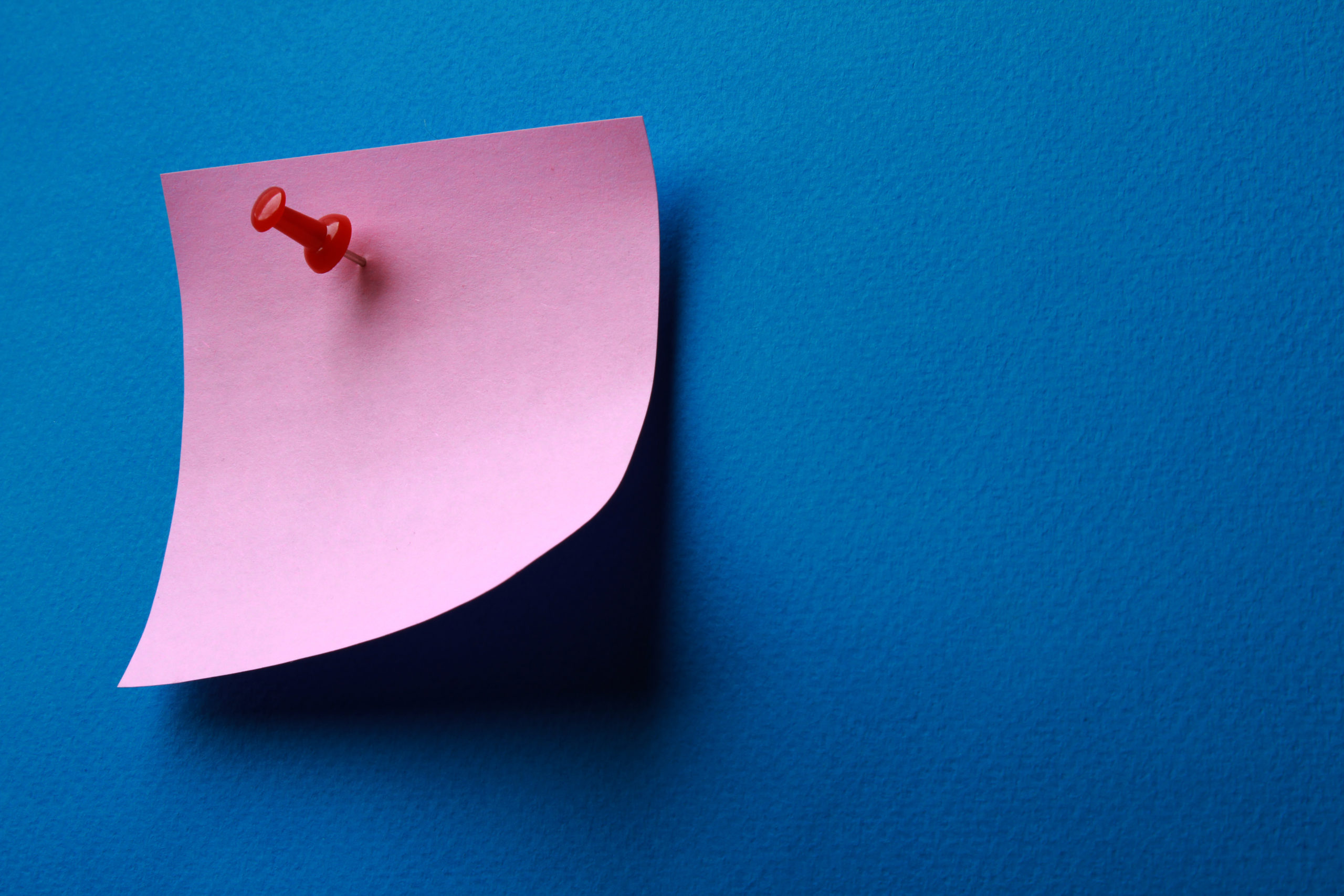This piece is a bit different from others I’ve written here. I wrote this one years ago and published it in the Kansas City Star. I dug out a clipping of it today, retyped it with minimal changes (it originally was written with a typewriter), and here it is, an old story revived. I hope it holds your interest.
Medical researcher takes 2 ½ times the lethal dose of South American arrow poison – and survives. That might have been the gist of a newspaper headline years ago, if the press had been notified of a dramatic medical experiment that received little attention at the time.
Consider this background. A purified preparation of the arrow poison, curare, became available for medical use in the 1940s, and small doses of the purified preparation (d-tubocurarine) proved to be extremely useful during surgical operations, because the drug caused muscular relaxation and eased the work of surgeons.
Claude Bernard, the great 19th century physiologist, had shown that curare causes paralysis by blocking nerve impulses just as they reach voluntary muscles at a site called the neuromuscular junction. That’s how the poison kills. It paralyzes the muscles of respiration and produces asphyxia. But no one knew whether curare had anesthetic effects on the brain.
Curare almost always was given along with a general anesthetic, but on rare instances it had been used as the sole agent during operations on infants and children. Did they feel pain? Nobody knew. They may have suffered needless pain during their operations.
Some scientific reports indicated that the drug did reduce or even abolish the electrical activity of brain cells in experimental animals, and one investigator believed his results with dogs demonstrated that curare caused complete unconsciousness or amnesia, but his conclusions were widely criticized.
A group of anesthesiologists in Salt Lake City decided to do what was needed, an experiment on a trained medical observer given large doses of curare. One of the group, Dr. Scott M. Smith, 34, volunteered to be the guinea pig.
The experimental plan was simple. When the paralysis from curare became so severe that it prevented Dr. Smith from talking, he would indicate affirmative answers by contracting whatever muscles he could still move. When paralysis was complete, he would make mental notes of his experiences. The team would keep him alive with artificial ventilation.
The experiment was performed one January afternoon at the University of Utah Medical Center in 1946. Electrodes were placed on Dr. Smith’s scalp and arms to record his brain waves and electrocardiogram. His initial blood pressure was 130/70; pulse 92; respiratory rate 16.
A catheter was placed into one of his arm veins, and an infusion of saline began flowing into his blood stream. Curare was injected through the catheter.
Dr. Smith reported feeling “a bit of a glow.” His jaw muscles weakened. He found it “hard to talk.” Swallowing was difficult. Keeping his eyes open was an effort. His legs felt weak.
Seven minutes after he began receiving the drug, he requested oxygen by face mask. “Can hardly bring teeth together,” he said. One hundred units of curare had been given.
Moments later he lost his ability to speak, though he could make sluggish movements of his hands and head. He signaled that he was clear mentally and that he could hear distinctly. Artificial respiration was started when his breathing weakened.
After receiving one hundred and fifty units of curare: blood pressure, 130/70; pulse, 106; respiration now maintained artificially.
Thirteen minutes into the experiment, strain as he might Dr. Smith no longer could move his head or open his eyes. He answered questions by wrinkling his forehead. Yes, he could see clearly when his eyelids were elevated manually by another member of the team.
He could barely move his limbs, yet he indicated he wanted the experiment to continue. Questions restated in the negative or double negative were answered correctly by appropriately wrinkling or not wrinkling his forehead.
A pin was jabbed into his skin. Yes, he felt the pain. Two hundred units of curare had been given.
Nineteen minutes into the experiment: blood pressure, 130/70; pulse, 100. Paralysis of his diaphragm and chest wall made him totally dependent upon artificial respiration. Secretions accumulated in his throat. These were removed with a suction tube. Wrinkling of his forehead grew weaker.
Dr. Smith indicated that he wanted the next 100 unites of curare rapidly, as planned. The drug was given; 300 units had been administered.
Slowly, inexorably, the curare sapped Dr. Smith’s remaining strength. His voluntary movement now consisted of a slight twitch of his left eyebrow. When his eyelids were manually elevated, he would report later, he saw double images. Paralysis of his eye muscles prevented him from aligning his eyes, thus causing the double vision. He perceived objects clearly when they were placed in his line of gaze.
Did he want an additional 100 units of curare? His left eyebrow twitched the answer. Yes.
His communication with the rest of the team was limited to an almost imperceptible movement of the inside portion of his left eyebrow. He indicated that he was perfectly conscious. He wanted an additional 100 units of curare. This final dose was given rapidly.
For the next 11 minutes, Dr Smith was unable to communicate with the rest of the experimental team. He was totally paralyzed, his life completely in the hands of the experienced team surrounding him.
He could not talk. He could not breathe. He could not open his eyes. He could not signal any discomfort or any need. Yet, as he was later to relate he was “clear as a bell” during this entire time. Blood pressure, 130/84; pulse, 120.
A co-worker removed Dr. Smith’s face mask and slipped a breathing tube into his throat, through his voice box and into his windpipe. This was a check of the subject’s perception of internal pain. The procedure caused less pain than anticipated, he later related, probably because of his extreme muscular relaxation. Several breaths of air were forced in and out of his lungs before the tube was withdrawn and artificial respiration was resumed through the face mask.
“I felt that I would give anything to be able to take one deep breath,” he said following the experiment. “The period of a few seconds taken for the tracheal intubation seemed unusually long, and I was awfully glad when artificial respiration was resumed.” Sensations of “shortness of breath” and “choking” troubled him during the period of paralysis even though he received adequate oxygen.
Neostigmine, a drug which counteracts the effects of curare, was injected into Dr. Smith’s blood stream. Blood pressure, 130/100; pulse, 100. He still could not move a single muscle.
More neostigmine was injected. As the antidote began to take effect, the subject was able to move the inside portion of his left eyebrow. The last muscle to become paralyzed was the first to recover.
Communication was now reestablished. Dr. Smith signaled he could hear and see normally. He indicated he wanted more neostigmine. Droplets of moisture formed on his forehead. His eyes watered.
Fifty minutes into the experiment: blood pressure, 140/90; pulse, 80. Weak breathing movements appeared.
Moments later he could open his eyes with difficulty. More neostigmine was administered. His breathing movements became more prominent. Large quantities of secretions collected in his throat. These were aspirated periodically by one of his colleagues.
Dr. Smith’s forehead began wrinkling vigorously. By a long series of questions it was finally discovered that the accumulating secretions were most annoying to him. He desired more frequent aspiration of the secretions.
One hour had elapsed since the first dose of curare had been injected. In spite of the frequent aspirations, he continued to experience a “choking” sensation. Rivulets of sweat ran from his forehead.
Even the briefest moment of discontinuing artificial respiration was most uncomfortable to him. He signaled that it be continued without pause. He regained some voluntary control of his tongue, but he could not yet speak. More neostigmine was injected at his request.
One hour and fifteen minutes into the experiment. With great effort, he was able to say several words, weak and slurred, but understandable.
His speech gradually became clear. “I probably could get by without artificial respiration, but still want it.” He could open his eyes more easily. He preferred to keep them shut.
“Will be glad when I can swallow.” He was able to cough weakly. Blood pressure, 120/70; pulse, 88.
Artificial respiration was stopped one hour and 20 minutes after it had begun. The subject could swallow with difficulty.
His use of voluntary muscles gradually returned. Two hours and 25 minutes after the initial dose of curare, he was talking freely, describing his unusual experience. A short time later he sat on the edge of the bed, with assistance.
He later complained of feeling drowsy (for the first time) and reported feeling “uneasy.” He also was nauseated for a brief time.
He improved progressively over the next several hours, but some muscle weakness persisted throughout the evening.
Dr. Smith’s keen awareness through the entire experiment clearly indicated that curare did not depress the brain. In fact he believed that his hearing may have been more acute under curare. He distinctly heard remarks whispered some 20 feet away.
He and his co-workers published their findings in the journal Anesthesiology, advising that “curare not be used alone in surgical procedures but that it be employed only as an adjuvant with agents capable of relieving pain and obtunding consciousness. This suggestion holds not only for adults but also for children in whom a painful experience, even though not reportable to the physician, may constitute a serious psychic trauma.”
After this report was published, Dr. Smith received many requests for additional information concerning his experience while under influence of curare, among them being psychiatrists who wanted to psychoanalyze him, presumably to determine what sort of person would volunteer for such an experiment, or maybe to learn whether his experience had any residual effect on him. Apparently it did not. Dr. Smith went on to a distinguished career in anesthesiology.







